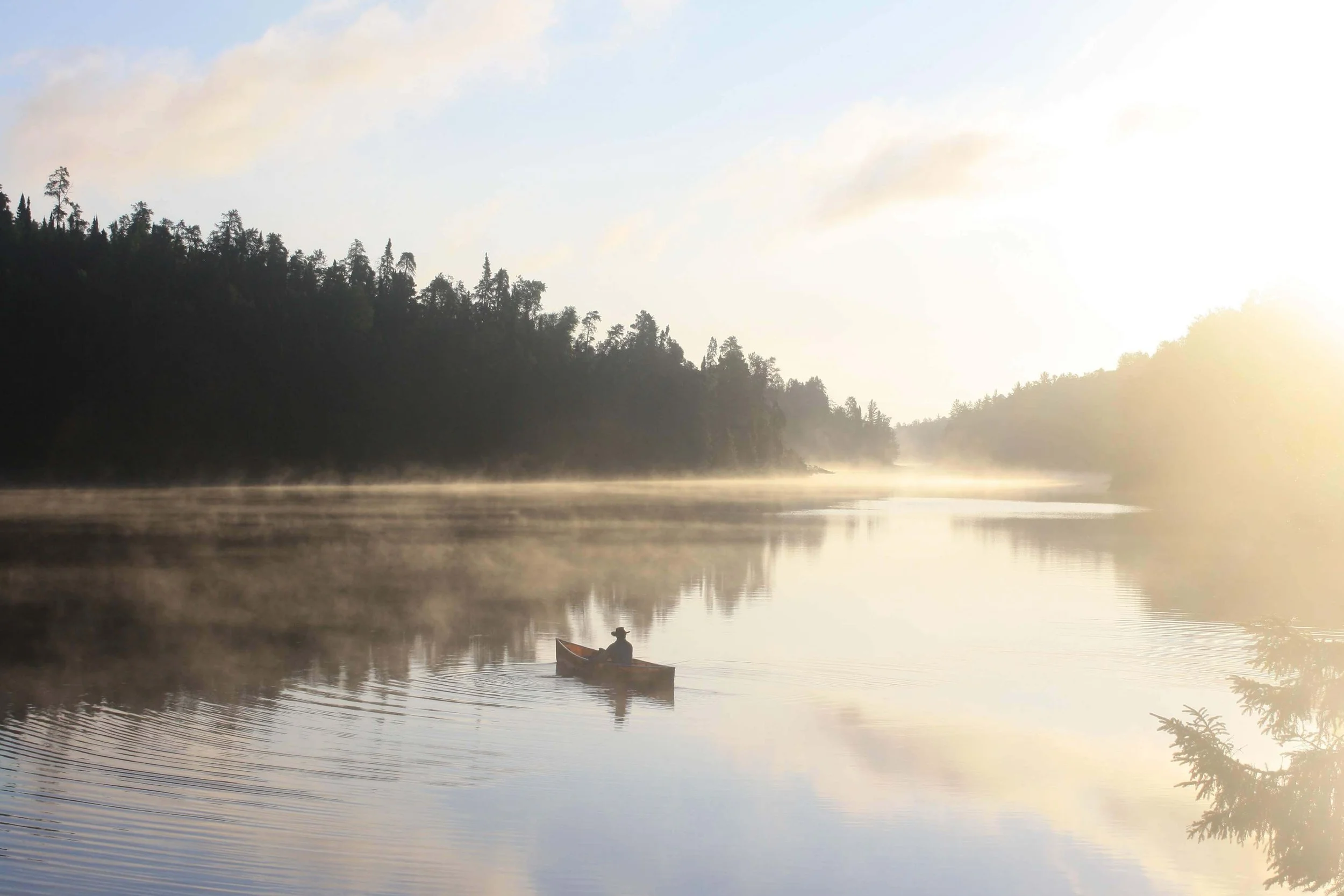There’s a reason the Boundary Waters Canoe Area is the most visited wilderness area in the United States. Encompassing some 1.1 million acres, it contains over 1,100 lakes, hundreds of portage trails, multiple hiking trails and countless opportunities for adventure. Each year, thousands of people experience the transformative power of this unique wilderness.
It is a part of our heritage, our identity.
The Boundary Waters contains more than natural beauty. Situated at the edge of a large deposit of copper and nickel, the Boundary Waters has attracted the attention of foreign mining giants. Currently, the Swiss-based corporation Glencore and Chilean-owned Antofagasta, are trying to open areas at the edge of the Boundary Waters to copper-sulfide mining.
This type of mining has never been done in Minnesota. Inherently polluting, the EPA has ranked metal mining, which includes copper-nickel mining, to be the most polluting industry in the United States. It has never been done without polluting nearby water source. In a water-rich environment like the BWCA, would be catastrophic. Even without an accident, acid mine drainage would contaminate the surrounding water, leaching heavy metals such as lead, mercury and arsenic into a vast, interconnected waterways would spread pollution throughout the wilderness.
These two mines are only the beginning. With over 40 exploratory permits in place, if we do not stop these projects now, this treasured wilderness will be transformed into an industrial corridor that is a far cry from the pristine wilderness so many now value.
To preserve this unique wilderness and give a voice to the hundreds of thousands of people who cherish it, we need to support elected officials brave enough to stand up and be Boundary Waters champions.
Twin Metals
Owned by the Chilean mining conglomerate, Antofagasta, Twin Metals is trying to open a copper-sulfide mine on the edge of the Boundary Waters, America’s most visited Wilderness Area.
If built, that mine would tunnel under Birch Lake and the Kawishiwi River, which drains directly into the Boundary Waters.
The processing facility, where they would pulverize the ore to extract trace amounts of copper and other metals, and the tailings basin they would use to store tons of waste rock produced each day, would all be done at the edge of the BWCA.
It’s not a question of if, but when this mine would pollute.
There has never been a copper mine that has not polluted the surrounding ground water. In a water-rich environment like the Boundary Waters, it’s all but guaranteed that Twin Metals would cause irreparable damage to the pristine wilderness and clean water.
POLYMET
In November 2018, the Minnesota DNR issued the permits that made PolyMet the first permitted copper-sulfide mine in Minnesota’s history.
Months later, the Army Corps of Engineers issued a federal wetlands permit for the mine, apparently bringing the permitting process to an end.
It took 17 years of review to get to this point, and proponents of the PolyMet mine argue that this is evidence of the most exhaustive environmental review in Minnesota’s history. It’s proof that the mine has met exceedingly high standards and that copper-sulfide mining and a pristine environment can exist side by side.
As any parent knows, just because your kid spends four hours cleaning up their room, doesn’t mean they actually cleaned anything. Check under the bed, and you’ll probably find a mess. Now, people have been looking under the bed. And there’s a mess.
Though PolyMet has received the needed permits, there are numerous questions and real problems with these permits.
Problems that could lead to the widespread pollution of Lake Superior, cost the taxpayers millions of dollars and even put lives at risk.
This became abundantly clear when, in September 2019, Minnesota Court of Appeals suspended (stayed) PolyMet’s permits, citing “serious, justifiable concerns” over how the permits were handled.
Additionally, the Court of Appeals rejected three PolyMet permits that were originally issued by the DNR. This win is perhaps the biggest in the history of the fight against PolyMet, and it is just the beginning.
In March, 2023, PolyMet formed a joint venture with the Canadian mining company Teck. This new entity is aiming to develop mining operations in both the Lake Superior and Boundary Waters watersheds.
Even after federal protections blocked other mining projects near the BWCA, this newly emerged mining venture shows that the region is still threatened by this toxic industry.
For those who care about the future of clean water and wilderness, there is still a lot of work to be done. With your help we can stop PolyMet and stop the toxic copper-sulfide mining industry from getting a foothold in Minnesota.

